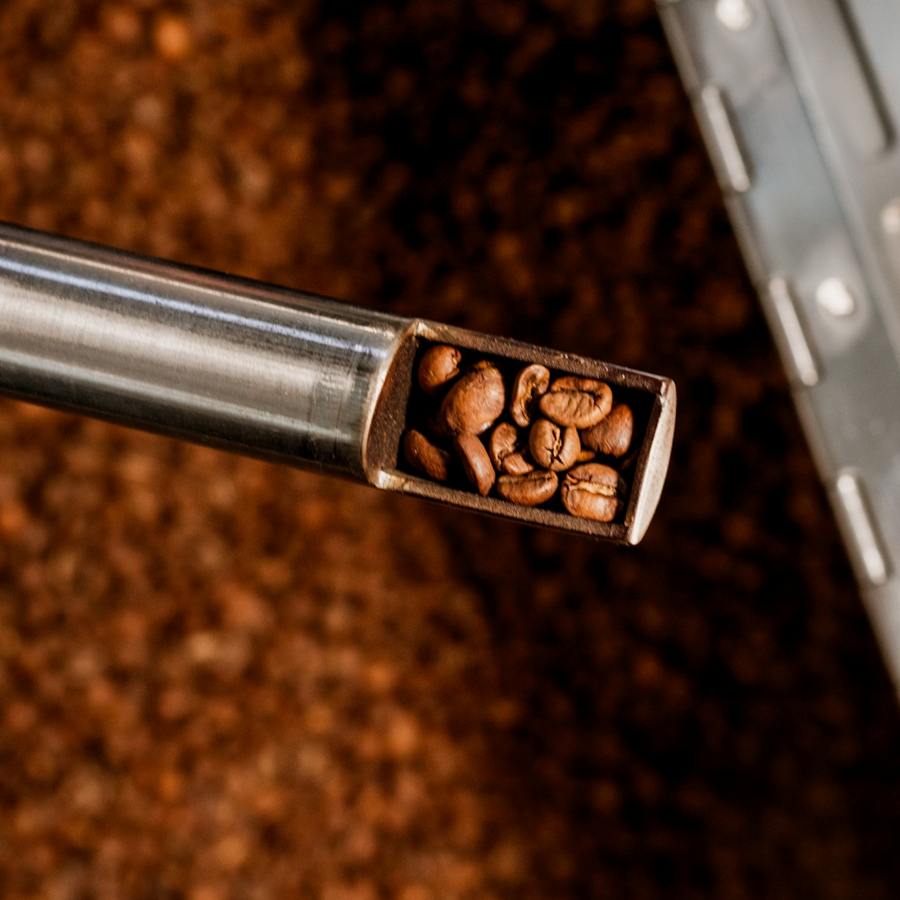
Coffee Degassing: Unlocking Freshness One Bubble at a time
Share
If you've ever brewed a fresh bag of coffee and watched tiny bubbles dance on the surface of your espresso or pour-over, congratulations—you've just witnessed coffee degassing in action! But what's happening inside those beans, and why should you care? Understanding degassing isn't just coffee science; it's the secret to unlocking the freshest, most flavorful cup.
So, let's dive in and make your coffee ritual even more exciting.
What Is Coffee Degassing?
Degassing is the natural release of carbon dioxide (CO₂) from freshly roasted coffee beans. When the coffee is roasted, the intense heat causes chemical reactions inside the beans, producing gases—primarily CO₂. These gases remain trapped in the beans and begin escaping gradually over time.
While degassing might seem minor, it plays a crucial role in brewing coffee. The timing of when and how CO₂ leaves the beans can directly affect flavor, aroma, and extraction quality.
Why Does Coffee Need to Degas?
Prevents Uneven Extraction
If you brew coffee too soon after roasting, excess CO₂ can disrupt water flow, causing uneven extraction. It can result in an underwhelming cup with sour or weak flavors.
Enhances Aroma and Flavor
Allowing coffee to degas properly gives volatile compounds—responsible for coffee's aroma—time to stabilize, leading to a more balanced and flavorful brew.
Espresso and Blooming
In espresso, too much CO₂ can interfere with proper pressure buildup in the portafilter, leading to excessive bubbling and poor crema formation. In pour-over methods, degassing occurs during the "bloom," where hot water releases trapped gases, allowing for a more even extraction.
How Long Should Coffee Degas?
The ideal degassing period depends on factors like roast level, bean density, and brewing method:
- Espresso: Needs at least 7–14 days post-roast for optimal extraction.
- Pour-over & Drip Coffee: Typically best between 3–7 days after roasting.
- French Press & Immersion Brewing: Can be brewed as early as 2–5 days post-roast.
Dark roasts degas faster due to their porous structure, while lighter roasts may take longer.
Coffee is more than just a drink—it's an experience. From the moment fresh beans are roasted and degassed to that first sip of a perfectly brewed cup, every step plays a role in crafting something special. Whether you enjoy the bold intensity of espresso, the smoothness of a pour-over, or the richness of a French press, understanding the process of the coffee helps unlock the best flavors in every brew.
So, take your time, experiment with different roast dates, and most importantly—enjoy the process.
Because great coffee isn't just about caffeine; it's about savoring the little moments that make your day better.